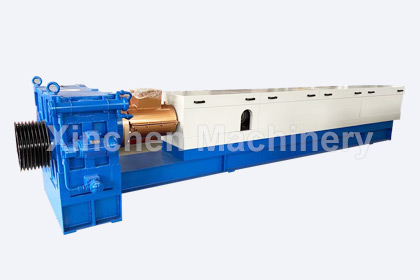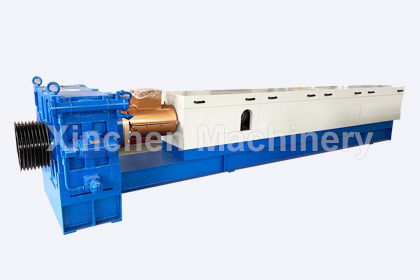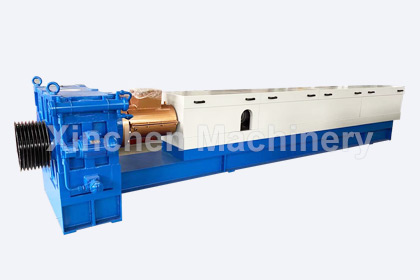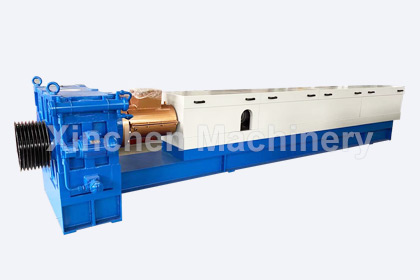ac electric wire extrusion production temperature control requirements
Date:2022-3-08 Author:XCEXTRUSION
In the production process of extruder ac electric wire, the processing process and molding quality of extruded plastic are closely related to the regulation of temperature. The plastic temperature requirements for multiple stages vary. This requires the use of auxiliary equipment with high-precision temperature control. Ensure the quality and efficiency of ac electrical wire.
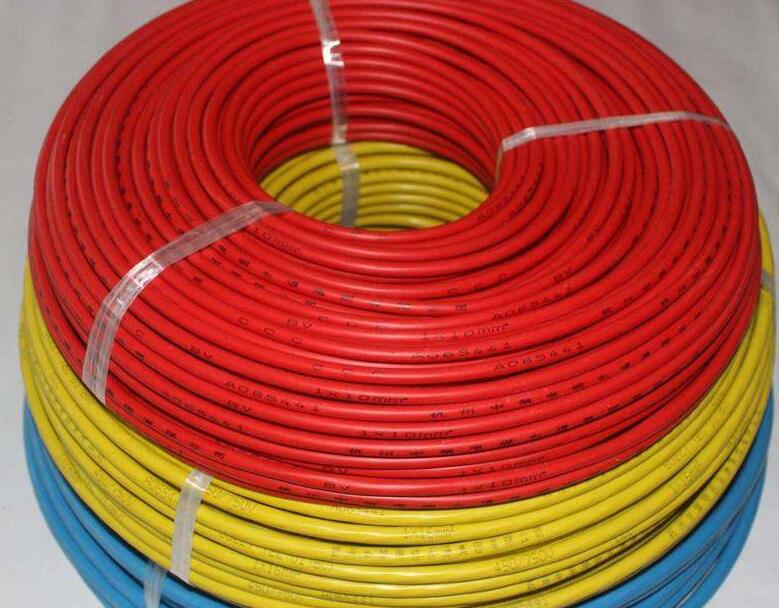
Analysis of temperature control requirements for wire and cable extrusion production:
The ac electric wire extruder is simply a kind of ac electric wire equipment for the production of wire and cable core wire extrusion process. The temperature changes in the production process include:
1. Drying of extruded plastics.
Depending on the specific type of plastic used, it is heated to a certain temperature to achieve the drying requirements required by the process. Secondary drying is also required if necessary. This process requires temperature control equipment to provide accurate drying heating temperature. Avoid poor drying or overheating.
2. Several temperature requirements of the barrel and head of the extruder
Heating, constant temperature, intelligent temperature regulation.
The temperature of the barrel and head of the extruder must reach a certain temperature before production can start. For example, in the heating and heating stage, the temperature control device is used to heat the head and barrel. The temperature was first raised to 140°C and then kept at a constant temperature for a period of time. After preheating thoroughly, it is heated to the temperature set by the production process.
3. Constant temperature control of extrusion screw.
The significance of the temperature control equipment to provide constant temperature insulation is to ensure that the temperature inside and outside the extruder equipment is the same. Avoid the actual temperature being lower than the displayed value. As a result, the plastic entering the barrel is too high in melt viscosity due to too low temperature. Cause the equipment to be overloaded with axial force and damage the equipment.
